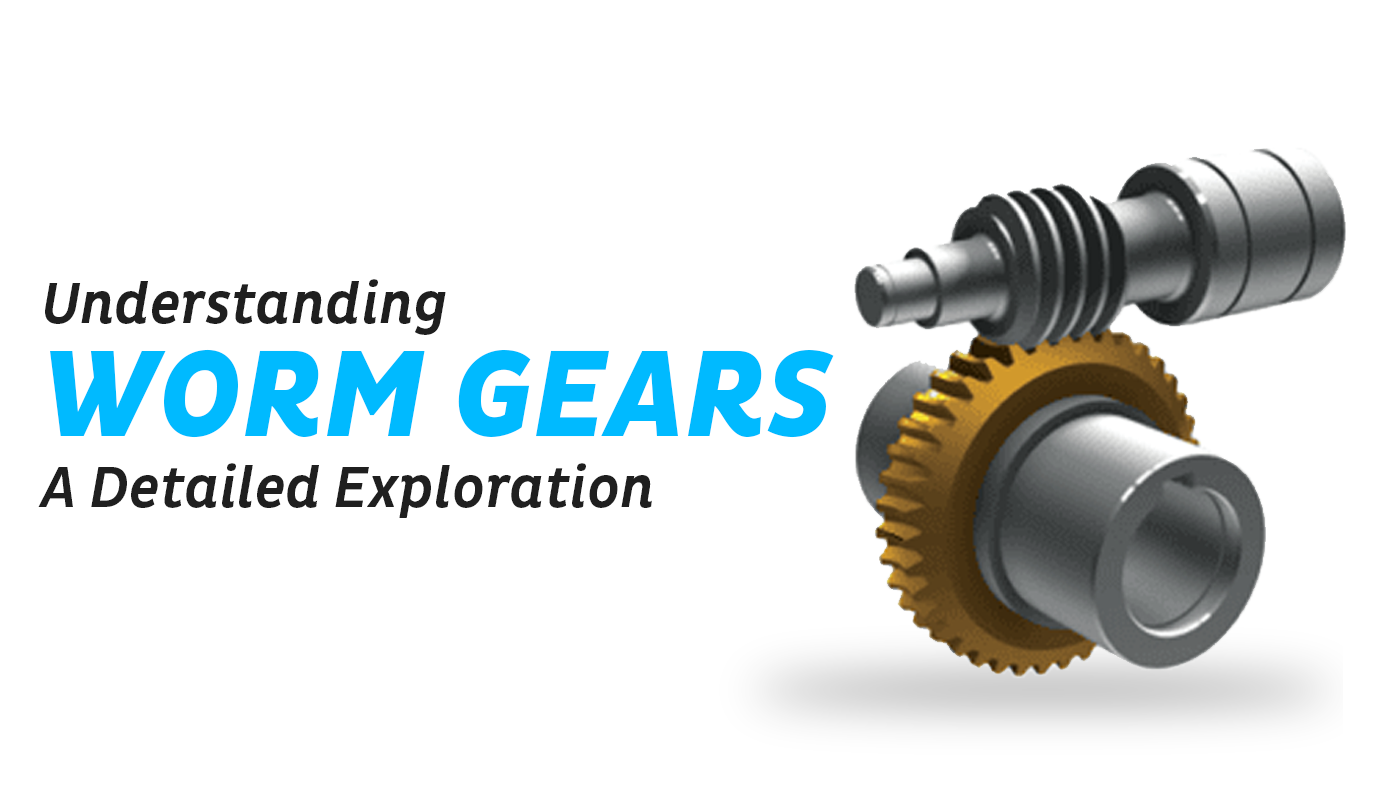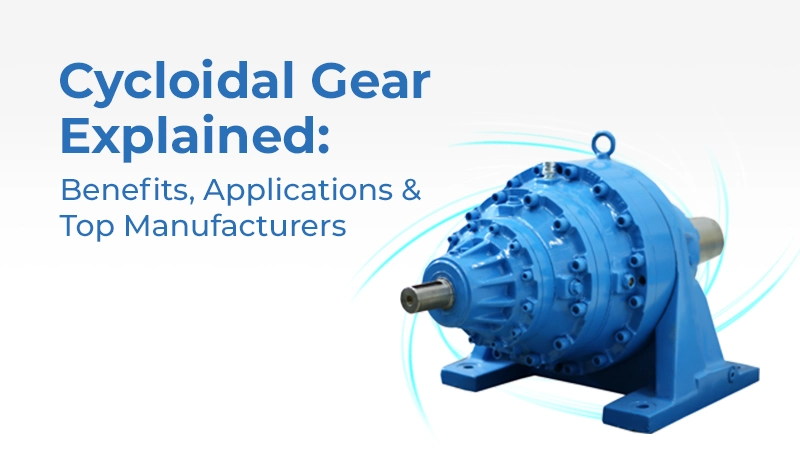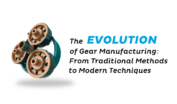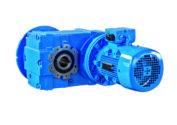
The field of mechanical engineering is rich with components designed to solve complex problems of motion and force. Worm gears offer distinctive solutions, particularly in settings that demand high torque transmission in confined spaces. A worm gear system consists of a worm (a screw-like component) and a worm wheel (a gear-like component), interacting in a way that allows precise control over a machine’s movement with high reliability and efficiency.
This type of gear setup is particularly noted for its ability to decrease rotational speed while increasing torque. Given their versatility, worm gears are integral to the operation of many types of machinery used in various sectors, including manufacturing, automotive, and consumer goods. This blog aims to explore the intricacies of worm gears, discuss their benefits and limitations, and highlight their importance in modern mechanical design and application.
What is a Worm Gear?
A worm gear is a sophisticated mechanical arrangement in which a screw-like component, the worm, meshes with a gear-like component, the worm wheel. This setup is distinguished by its ability to produce a high reduction ratio in a relatively small package, facilitating high torque transmission with minimal noise and vibration.
Working Principle
The mechanism behind worm gears is straightforward yet highly effective. The worm, which acts as the driving component, rotates around its axis. As it turns, its threads engage with the teeth on the worm wheel, which is the output component. This interaction causes the worm wheel to rotate at a speed proportional to the ratio of the worm’s threads to the teeth on the wheel. Typically, this results in a significant speed reduction but a corresponding increase in torque, making worm gears ideal for heavy-duty applications requiring substantial power manipulation within limited spaces.
Types of Worm Gearboxes:
Standard Worm Gearbox
The standard worm gearbox is the foundational design used across various industries. It’s prized for its straightforward, effective design, which balances performance, durability, and cost. These gearboxes are typically used where the equipment footprint needs to be minimized without sacrificing output torque.
Helical Worm Gearbox
Enhancing the standard design, the helical worm gearbox integrates a helical gear stage before the worm gear stage. This addition not only improves the efficiency but also significantly reduces operational noise. The helical teeth engage gradually and more smoothly than standard teeth, distributing the load across several teeth and thereby increasing the lifespan and reliability of the gearbox.
Industrial Worm Gearbox
Industrial worm gearboxes are engineered to endure the rigors of heavy-duty operations. They are built with durability in mind, often featuring superior-grade materials and reinforcements that enable them to operate in challenging environments. These gearboxes also include advanced features like cooling mechanisms to mitigate the thermal output from the high torque operations typical of industrial applications.
Worm Gearbox Motor
Combining a worm gearbox with an electric motor results in a compact, efficient unit known as a worm gearbox motor. This integration not only simplifies mechanical design but also enhances overall system efficiency. These units are particularly beneficial in applications where space is constrained, but high torque output is required.
Motor Worm Gearbox
This variant is similar to the worm gearbox motor, emphasizing the seamless integration of an electric motor with a worm gearbox. The motor worm gearbox is a popular choice in applications requiring reliable power transmission with minimal footprints, such as automated machinery and robotics.
Applications of Worm Gearboxes
Worm gearboxes find applications across diverse industries due to their unique capabilities. Some of the most common uses include:
- Elevators and Escalators: Their ability to provide high torque at low speeds while maintaining compactness and reliability makes them ideal for moving heavy loads vertically.
- Conveyor Systems: Worm gearboxes offer precision and control, perfect for managing the speed and handling of materials on conveyor belts.
- Packaging Machinery: In packaging operations, the compact size and efficient power transmission of worm gearboxes ensure reliable, continuous movement of packaging materials.
- Automated Gates: Worm gears’ irreversibility, which prevents the gate from being forced open under normal conditions, adds an extra layer of security and reliability.
Advantages of Worm Gearboxes
- High Torque Output: They excel when large amounts of torque are needed to drive heavy loads.
- Compact Design: Their ability to fit into small spaces while delivering significant power is unmatched.
- Smooth and Quiet Operation: The nature of their meshing reduces noise, making them suitable for environments where noise is a concern.
- Self-locking Capability: Some configurations of worm gears are inherently self-locking, adding a safety feature that prevents the gear from back-driving under certain conditions.
Conclusion
Worm gears are more than just mechanical components; they are pivotal elements in the engineering world that enhance the functionality and efficiency of various systems. The unique combination of compact design, high torque output, and low-speed operation makes worm gears essential for various applications, from industrial machinery to consumer electronics. As technology progresses and demands for more efficient mechanical solutions rise, the role of worm gears is likely to expand, underscoring their importance in current and future engineering challenges.
The knowledge of different worm gearbox types—standard, helical, industrial, and integrated motor gearboxes—allows engineers and designers to choose the most appropriate configuration for specific applications, ensuring optimal performance and longevity. By understanding these fundamentals, professionals can continue to innovate and improve the systems that keep our industries running smoothly and efficiently. Thus, worm gears symbolize a triumph of engineering design and a cornerstone of modern industrial operations, driving advancements in numerous fields.







